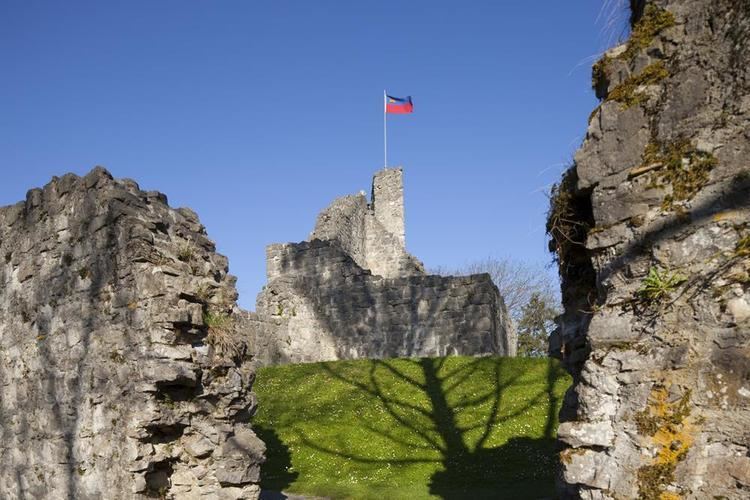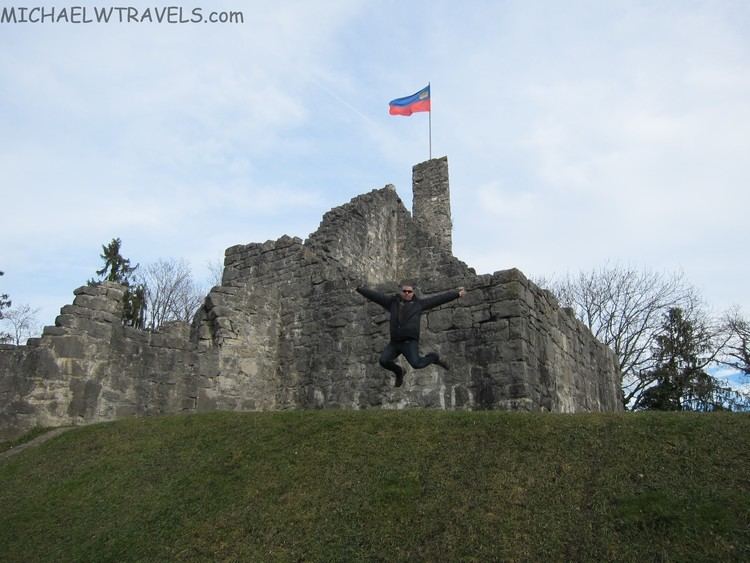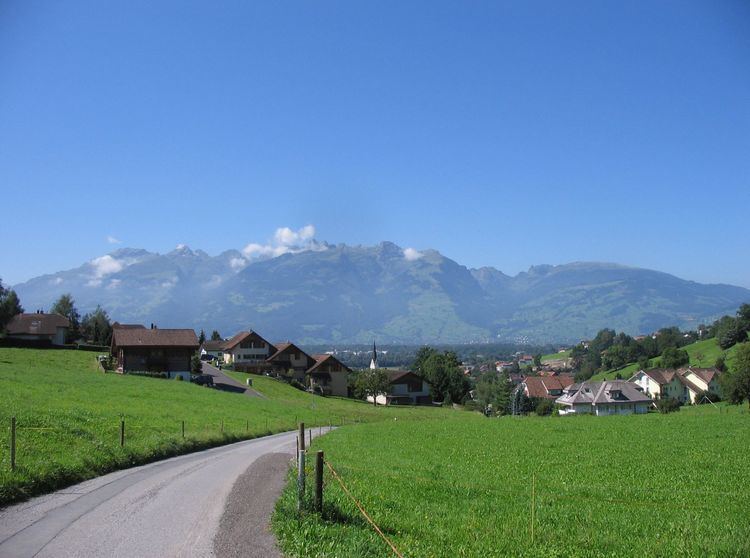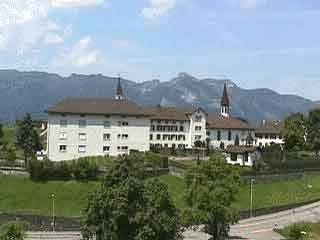Villages none Time zone CET (UTC+1) Area 3.5 km² Area code 7011 | Elevation 626 m (2,054 ft) Postal code 9488 Local time Friday 4:39 AM | |
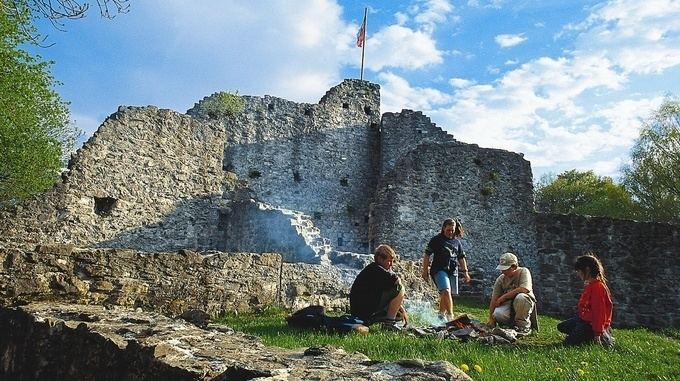 | ||
Weather 9°C, Wind S at 8 km/h, 66% Humidity | ||
Schellenberg is a municipality in the lowland area of Liechtenstein, on the banks of the Rhine. As of 2014, it has a population of 1,053 and covers an area of 3.5 km2 (1.4 sq mi).
Contents
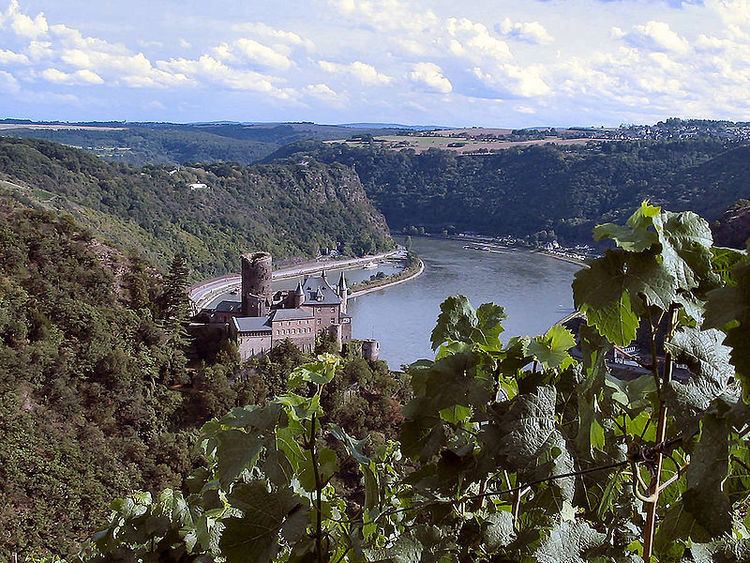
Early history
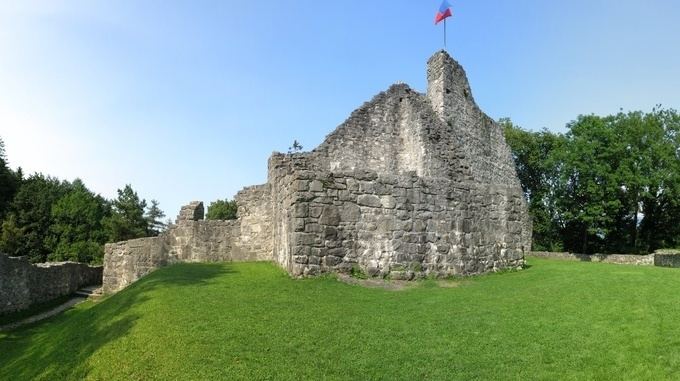
The area was first settled by Celts, then by Rhaetians. Rome conquered the area in 15 BC, and made it part of the province of Rhaetia. The Province later became a county (countship) under Charlemagne. The county was repeatedly divided among heirs.
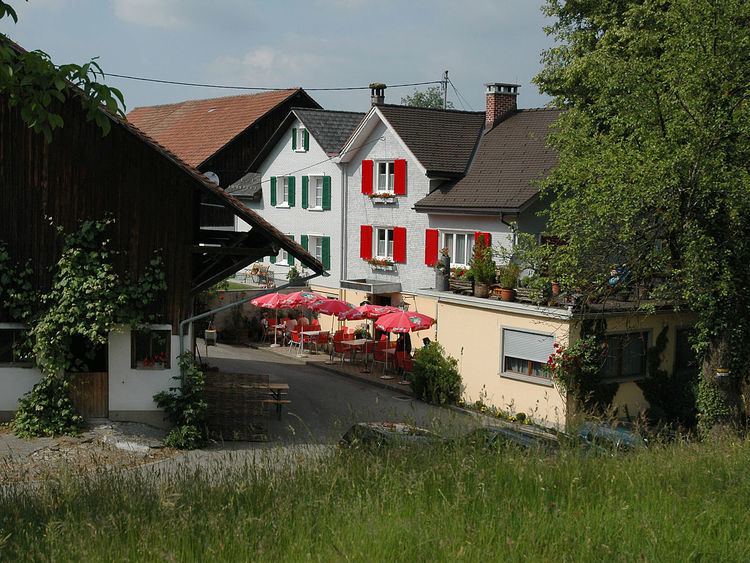
The Lordship of Schellenberg was purchased by the Counts of Vaduz in 1437 and the two states have been united in fact ever since. After the Swabian War in 1499, both came under Austrian suzerainty. Different dynasties of counts bought and sold them, until their purchase in the early 18th century by the Liechtenstein dynasty, which had been granted princely status in 1706, but which needed to acquire a territory with imperial immediacy in order to vote in the Diet of the Princes of the Empire. The emperor formally united Vaduz and Schellenberg in 1719 as the Principality of Liechtenstein.
World War II
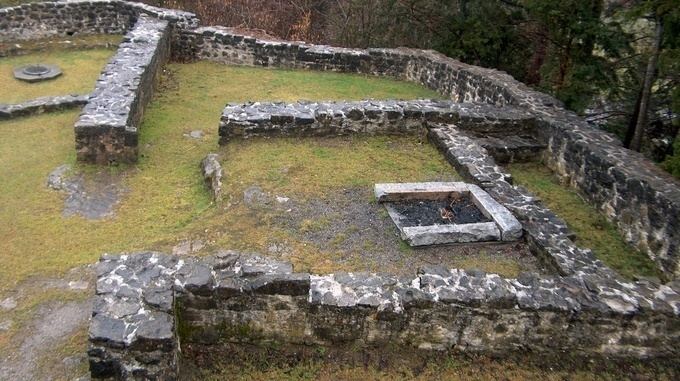
In the municipality, there is a monument at the border town of Hinterschellenberg that commemorates the asylum given to Russian soldiers. At the close of World War II, Liechtenstein granted asylum to approximately five hundred soldiers of the First Russian National Army, a collaborationist Russian force within the German Wehrmacht. This act was no small matter as the country was poor and had difficulty feeding and caring for such a large group of refugees. Eventually, Argentina agreed to resettle the asylum seekers permanently. In contrast, the British repatriated the Russians who fought on the German side to the USSR.
Transport
In Schellenberg, there is a small road crossing to Austria, manned by Austrian, Swiss border guards.

